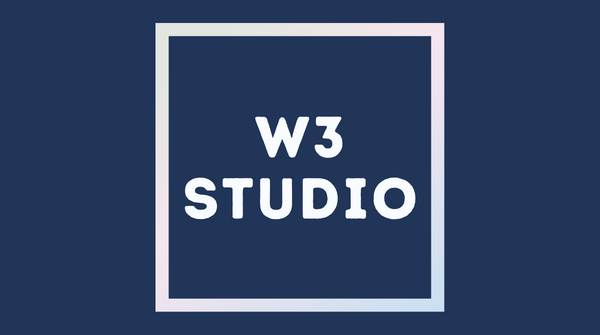
In two prior posts, we discussed how to calculate customer acquisition costs and revenue. When you bring these two things together with your cost of goods sold, you will have your unit profitability. In the early days, your unit profitability might not look so great. Chances are you are still paying relatively high unit costs given your early product stage. You will likely need to make some determination about the benefits of scale to your costs. As you evaluate this unit profitability, you will have a framework to consider spending money on customer acquisition to grow your business.
The final part of the unit profitability is calculating your cost of goods sold. If you are in some type of content or gaming or subscription business, it is likely that the incremental cost of a new customer is limited. Maybe you will eventually need to purchase more server space or move to a high tier of tech support, but these costs are likely minimal per customer. Calculate them anyways and make sure you are not going to hit any surprises as you grow. If you sell a physical product, you should be able to calculate the landed cost of the item from the production facility to your customer’s hands. Make sure in this cost of goods calculation you are thinking about the staffing required to fulfill your responsibilities to your customers. Everything from customer service reps to shipping managers needs to be considered and accounted for here.
Many early-stage companies I speak to talk about how they will see a big benefit to economies of scale with reduced cost of goods sold. This generally is a reasonable approach and can be budgeted for in your financial projections. My only note of caution is to be conservative in calculating this positive impact to your unit profitability. Try to dig into the details of your costs and make sure you have a clear understanding of when you will get these price breaks. If you are counting on efficiency of the people doing the work, you will want to have tech development in the budget to power this improvement. Try not to assume that people will simply get better at their jobs over time or that factories will give price breaks without doing the investigation upfront. While there are examples of businesses like Uber and DoorDash that did not achieve unit profitability for a long time, these are outliers. You don’t want to assume that the markets will fund a money losing business model until you have millions of active users.
Once you have a clear understanding of your costs, calculating the net unit profitability is a simple math equation. Revenue per customer, minus cost of acquisition, minus cost of goods, equals unit profitability. Having a strong understanding of this calculation will enable you to move to the next stage, using cash to acquire more customers and scale your business.
